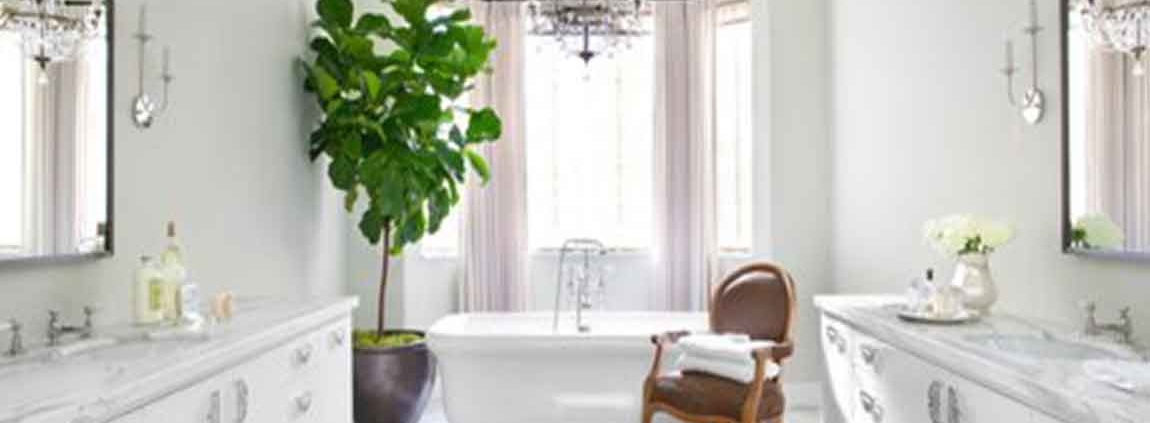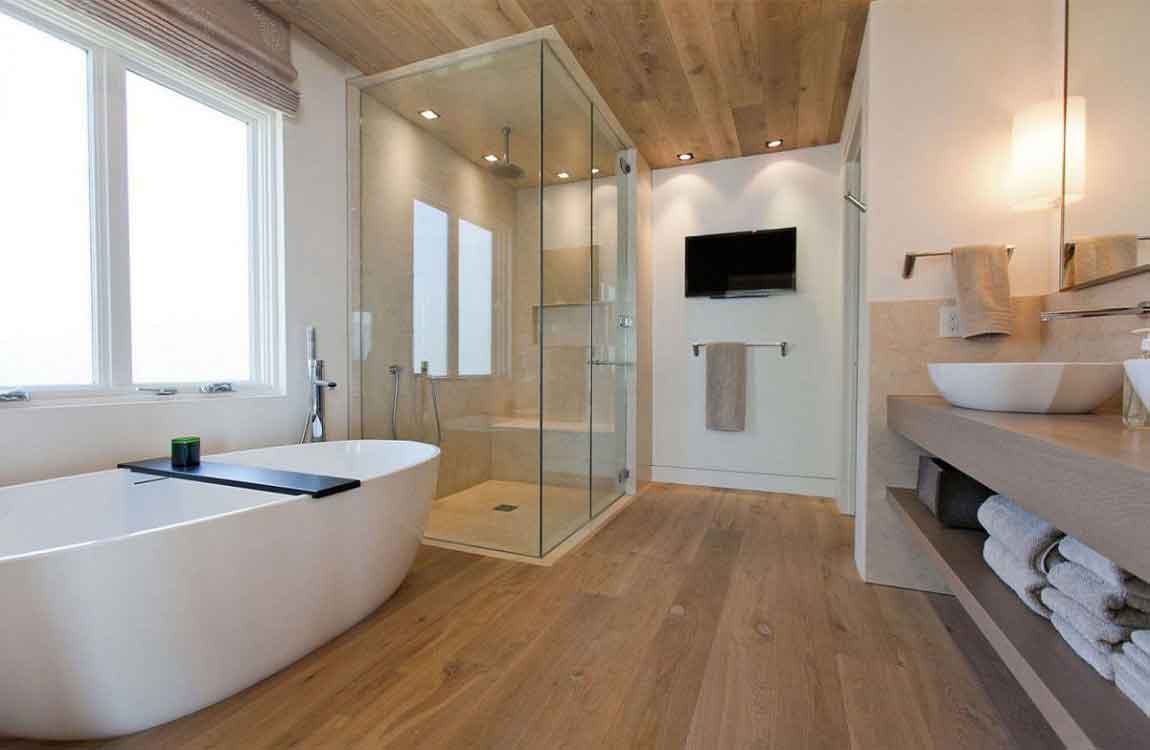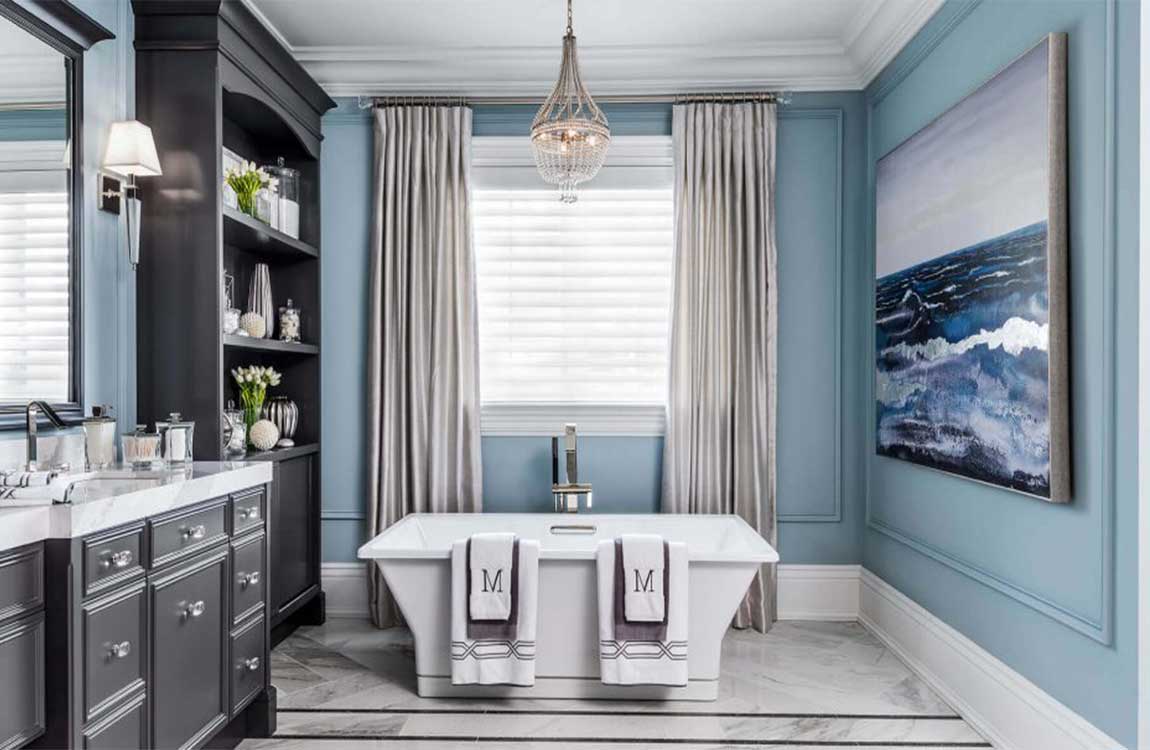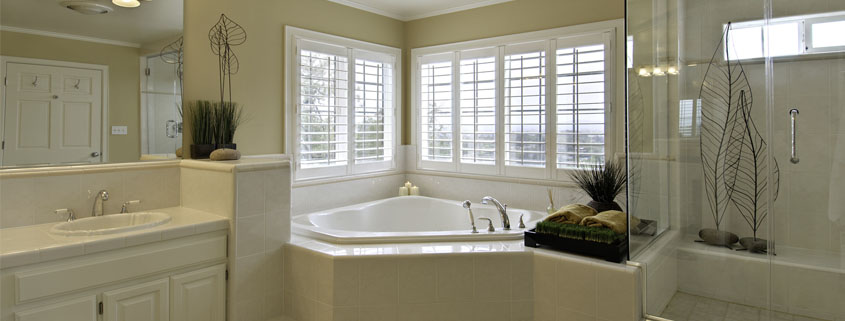How to Clean a Bathroom Sink Drain?
Bathroom sinks can begin to smell unpleasant when toothpaste, hair, and other items collect in the drain. Aside from this debris, mold and mildew can also grow in your drain and slow or block the sink from draining. Regular cleaning can help prevent these buildups from clogging your drain. When the sink does become clogged, you can break down buildup in the drain with baking soda and vinegar.
Cleaning the Drain Regularly
Remove debris from the drain weekly. To prevent buildups, remove any pop-up stoppers or drain guards on your sink and discard the debris that they’ve collected. Rinse them before replacing them.
Most bathroom sinks feature an adjustable metal stopper than can be used to plug the sink. These can be removed by pulling them out of the drain. If your sink stopper is used by pushing and pulling a rod behind the faucet or is otherwise attached, remove the nut on the back of the drain pipe, pull out the retaining rod, then remove the stopper.
Use a non-corrosive drain cleaner when necessary. Your bathroom sink collects bacteria that can contribute to unwanted scents and deposits within the drain. To kill this bacteria, use a biodegradable, non-corrosive pipe-cleaner once a month. Hydrogen peroxide is a great option that can be poured directly down the drain.
Note that many well-advertised drain cleaners are full of chemicals that pose a risk to both your health and your pipes. Follow the directions on any natural, store-bought cleaning products. Bleach and antibacterial products are not recommended. They are unnecessary and can potentially damage plumbing systems. This is especially important if you have a septic tank.
Clean your drain monthly with household products. Instead of a packaged drain cleaner, use salt, baking soda, vinegar, and/or lemon juice to deodorize and clean your sink. Mix whichever of these you have on hand into about a cup of solution and pour it into the drain. Let it sit for an hour before flushing hot water down the drain.









